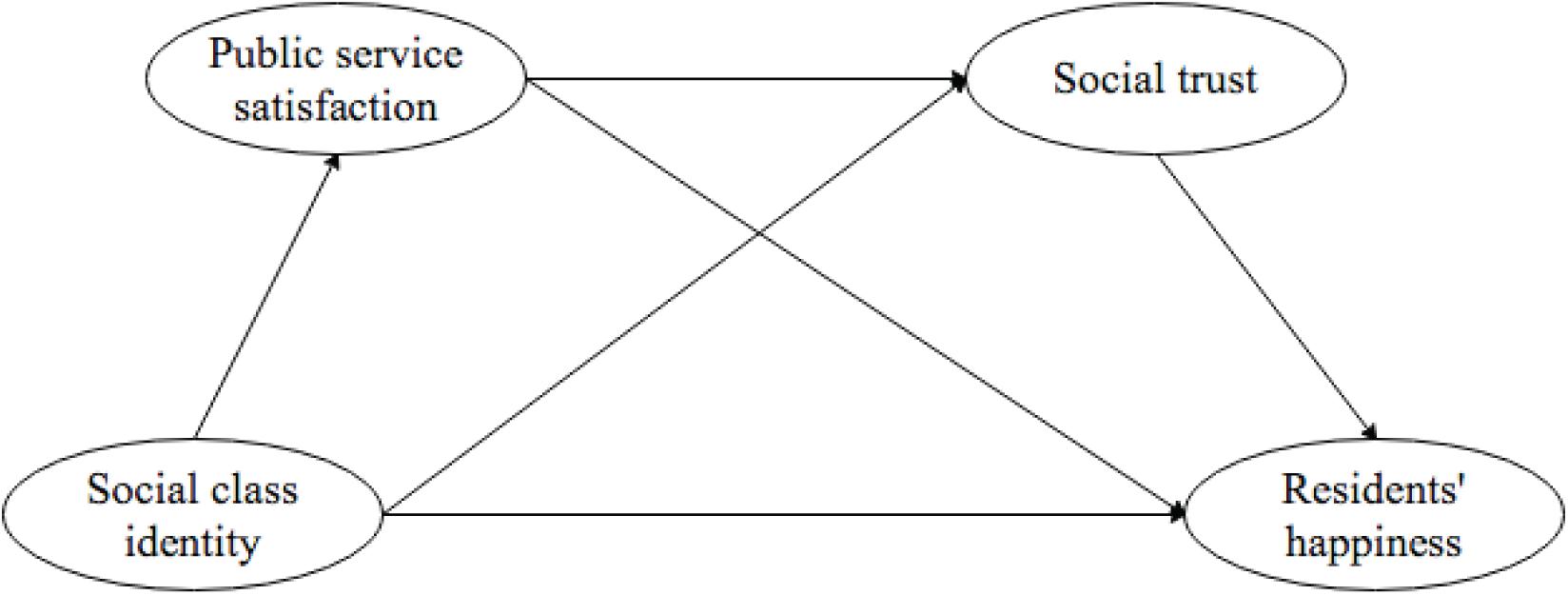
What does this tell you about the way air flow contributes to the production of the ‘t’ consonant? (Plosive and fricative consonants are examples of phonemes.)Įxperiment: start to pronounce the word 'pit', but towards the end of the word, don't let your tongue leave contact with the hard palate. The ‘p’ and ‘t’ in ‘pit’ are also unvoiced phonemes but here the source of sound is related to the sudden opening or closing of the air path.

Compare these in the next Experiment: try sustaining these sounds while feeling for vocal fold vibration. Both of these are unvoiced fricative phonemes. In pronouncing some sounds, such as the ‘f’ and ‘ss’ in the word ‘fuss’, turbulence is produced elsewhere: at the constriction between teeth and lips in ‘f’ and between tongue and hard palate in ‘ss’. There are approximately 44 phonemes in English - the number depends on accent. The basic unit (or element) of speech sound is a phoneme, such as a vowel or a consonant. This observation invites us to divide speech sounds into two classes: voiced sounds, produced by vibration of the vocal folds, and unvoiced sounds, produced by other effects, such as whispering.īut unvoiced sounds occur in normal speech, too, as we'll now discuss. Try some Experiments: can you whisper a note? What are the differences between speaking very softly and whispering loudly? Can you feel the vibration in your neck when you whisper? Can you sing in a whisper? This gives the ‘windy’ sound that is characteristic of whispering. This in turn makes a sound comprising a mixture of very many frequencies, which is called broad-band sound. This produces a turbulent (irregular) flow of air. In whispering, the folds do not vibrate, but are held close together.

Can you feel the vibration? The vibrations produced in voiced speech usually contain a set of different frequencies called harmonics.
JW PUBLIC TALK CATEGORY SERIES
Here is the first of a series of Experiments (colour coded thus in the text): place your fingers on your neck near your larynx (on your ‘Adam’s apple’) then sing or speak loudly. This allows puffs of air to pass, which produces sound waves. In voiced speech, the vocal folds (sometimes misleadingly called ‘vocal cords’) vibrate. At the larynx, this flow passes between the vocal folds and through the vocal tract, sometimes encountering constrictions. The energy usually comes from air expelled from the lungs. There are several sources of sound in speaking. In a second part, we then return to look at the components in more detail. In this simple introduction to the voice, we discuss the operations of first the ‘source’ of the sound, then of the ‘filter’ that modifies its spectrum, then of interactions between these. Then, using tongue, teeth, lips, velum etc, (collectively called articulators) we modify the spectrum of that sound over time. For example, at the larynx (sometimes called ‘voice box’), we produce a sound whose spectrum contains many different frequencies.

Different registers and vocal mechanisms.

The Source-Filter model (and approximations).Contrasting the voice with wind instruments.As background, this link gives a brief multi-media introduction to the operation of the human voice. Throughout, a number of simple experiments are suggested to the reader. This is followed by a more detailed account. This document gives an introduction and overview. Voice acoustics is an active area of research in many labs, including our own, which studies the science of singing, as well as the speaking voice.


 0 kommentar(er)
0 kommentar(er)
